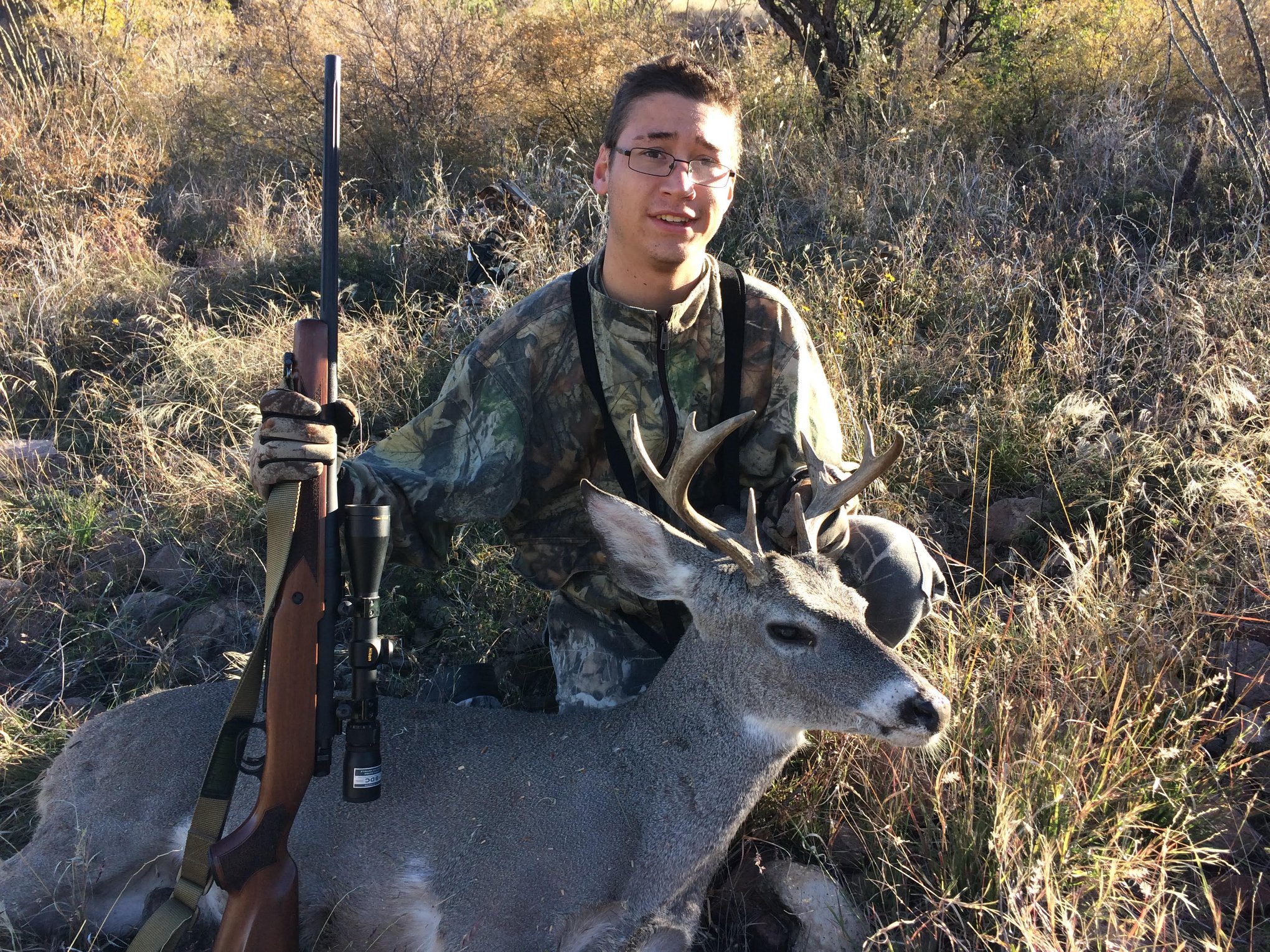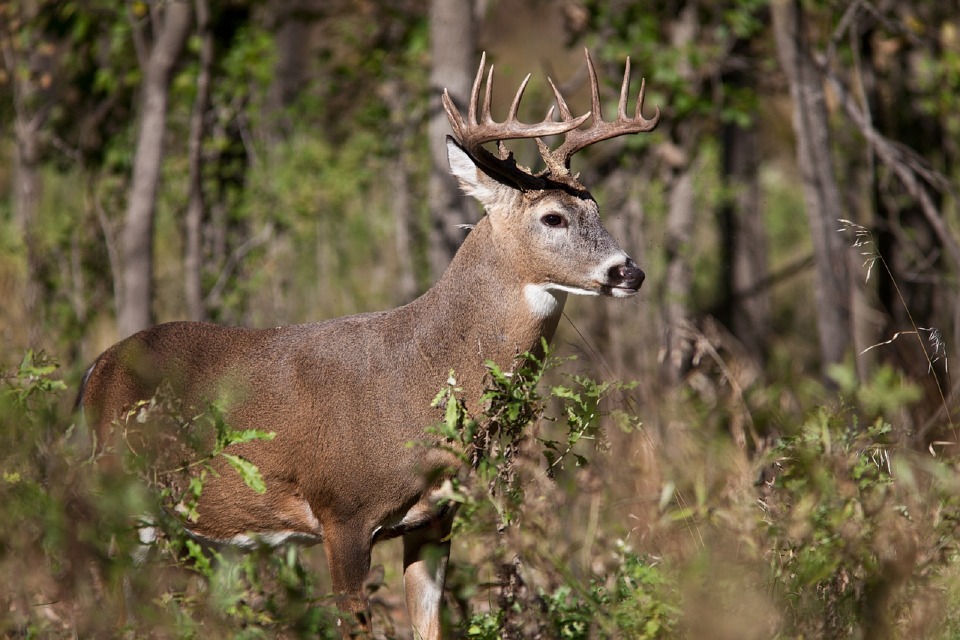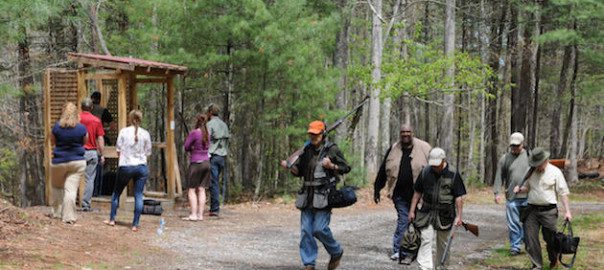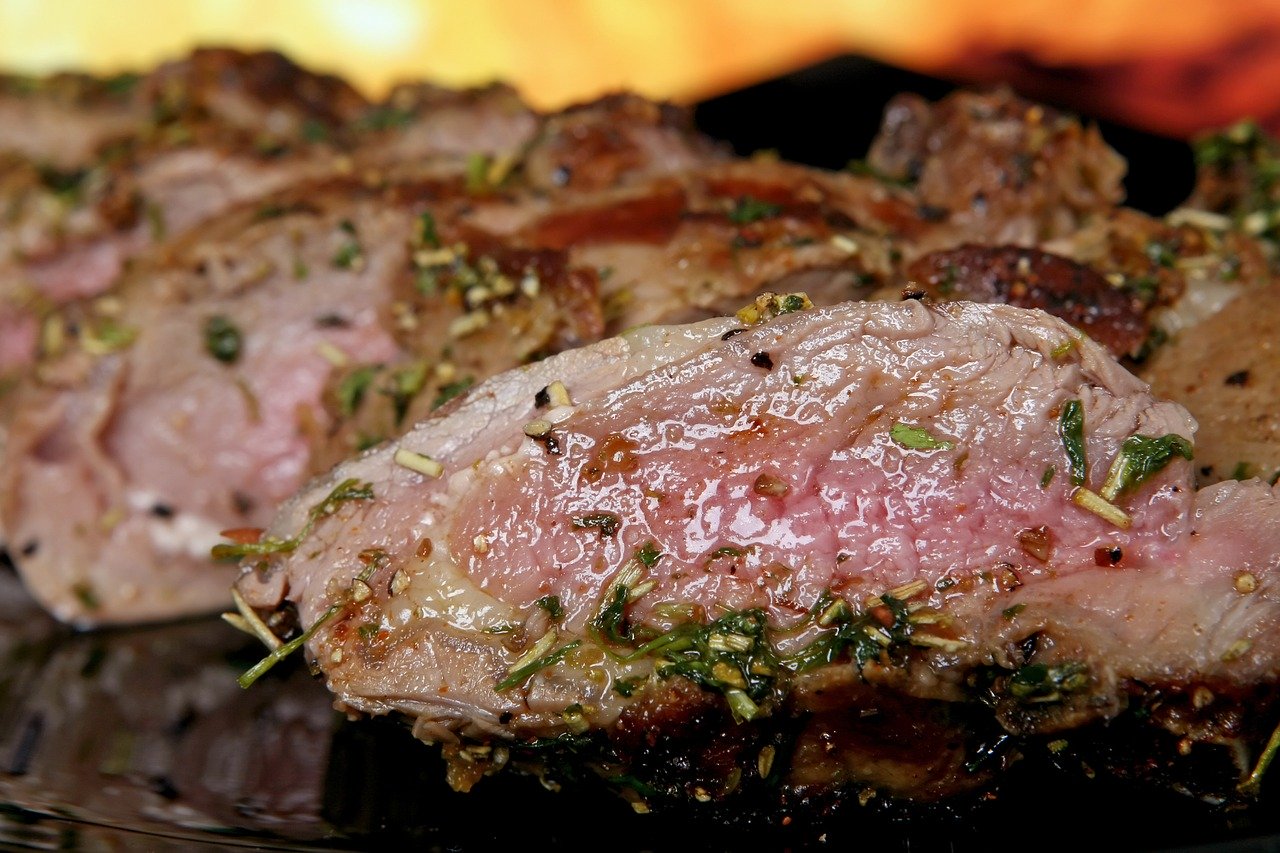Coues deer inhabit Southwestern mountain ranges consisting mostly of scrub oak, Manzanita, mountain mahogany, juniper, piñon pine and high grass bowls, sometimes mesquite and cactus basins, at elevations from 3,500 to 9,000+ feet above sea level. The majority may be found at 6,000 to 7,500 feet. They are well adapted to hot, dry regions and can survive long periods without standing water (retaining moisture from the vegetation they ingest), though not indefinitely. Prolonged droughts may be the Coues whitetail’s No. 1 enemy, and herds suffer greatly during such conditions. Ranking a close second is predation by mountain lions. A lion is said to kill one deer every five days or so.
Coues deer typically begin rutting by mid-December with the first three weeks of January representing the rut peak in most locations, but they have been observed rutting into February in some herds. Breeding is timed to coincide with the Southwest’s late-June/early-July monsoon season, so that fawns generally drop by late June. This assures that does and fawns receive adequate nutrition through renewed vegetation growth that summer rains bring. Cooling temperatures that result from these rains are also generally easier on newborn fawns.

For many years Coues deer remained a localized, smaller big-game animal known only to a dedicated group of like-minded hunters. That has changed with the desire for “slams” of all deer subspecies making them more popular with globe-trotting hunters. The late Jack O’Connor, one of the nation’s most respected outdoor writers and widely-traveled trophy hunter fondly known in Arizona as “Cactus Jack,” considered the Coues the most challenging big-game animal of them all, comparing them favorably to African kudu.
Hunters of my acquaintance who have harvested whitetails in Kansas, muleys in Wyoming and Arizona, antelope and elk in Wyoming and Arizona all invariably agree that the Coues deer is the most difficult to hunt. That is partly due to the terrain, and often to the heat, but mostly to their eerie, mysterious, supernatural, altogether uncanny ability to hide and avoid detection. Besides, they are sometimes much smaller bodied than antelope or other deer. Aptly termed the “grey ghost,” their coloration easily blends into their rocky, drably colored habitat.
Even so, one hunter got his first Coues’ deer in 1974 while archery hunting. It was atypical with one tine downturned and one sticking out to the side. But he was hooked and 30-some deer later, he has one taken with rifle that scored 100, the “benchmark” for hunters, and another archery trophy that scored 112. Another dedicated archer has taken three that scored more than 110 with a longbow. By contrast, two that were taken by other hunters, but deemed good enough to be mounted and put up in a local sporting goods store in Show Low, Arizona, scored 85 5/8 and 86 7/8.
Another aspect of these diminutive deer is their toughness. A heavy crossbow bolt with a very sharp broad head cut an X through both sides of a buck but passed below the spine and missed vital organs. Both sides of the deer were seen on a trail cam several days later and it was seemingly unhurt! Therefore, some experienced hunters prefer longer range cartridges with bullets of .264 or larger caliber. My hat is off to archery hunters who like to get within 50 yards.
Hunting the Huachuca Mountains, mostly on Ft. Huachuca, a good friend of mine has harvested up to 20 Coues deer using a traditional muzzleloading rifle, .45 Colt revolver, .56-50 Spencer, .30-30, .30-’06 and even a shotgun slug. Muzzleloading rifles also contributed to another fifteen or so that he helped his children take. He insisted that they all be broadside shots at no more than 200 yards. He got the record Coues taken so far on Ft. Huachuca; it scores 127.
Some of the larger scoring so-called Coues deer are known by genetic studies to be the result of interbreeding with muleys. The give-away is the appearance of the muley fork on what should be a straight forward whitetail antler beam. And, the facial appearance will be more muley-like.
Regardless where you hunt them or what equipment you use, Coues require a great investment in scouting time with binoculars. Look for an ear twitch in the shade of a tree, light glinting off an antler barely visible in tall grass or the horizontal line of their back among mostly vertical vegetation. It is a thrill to see one and even more so to accomplish and harvest done by fair chase.




